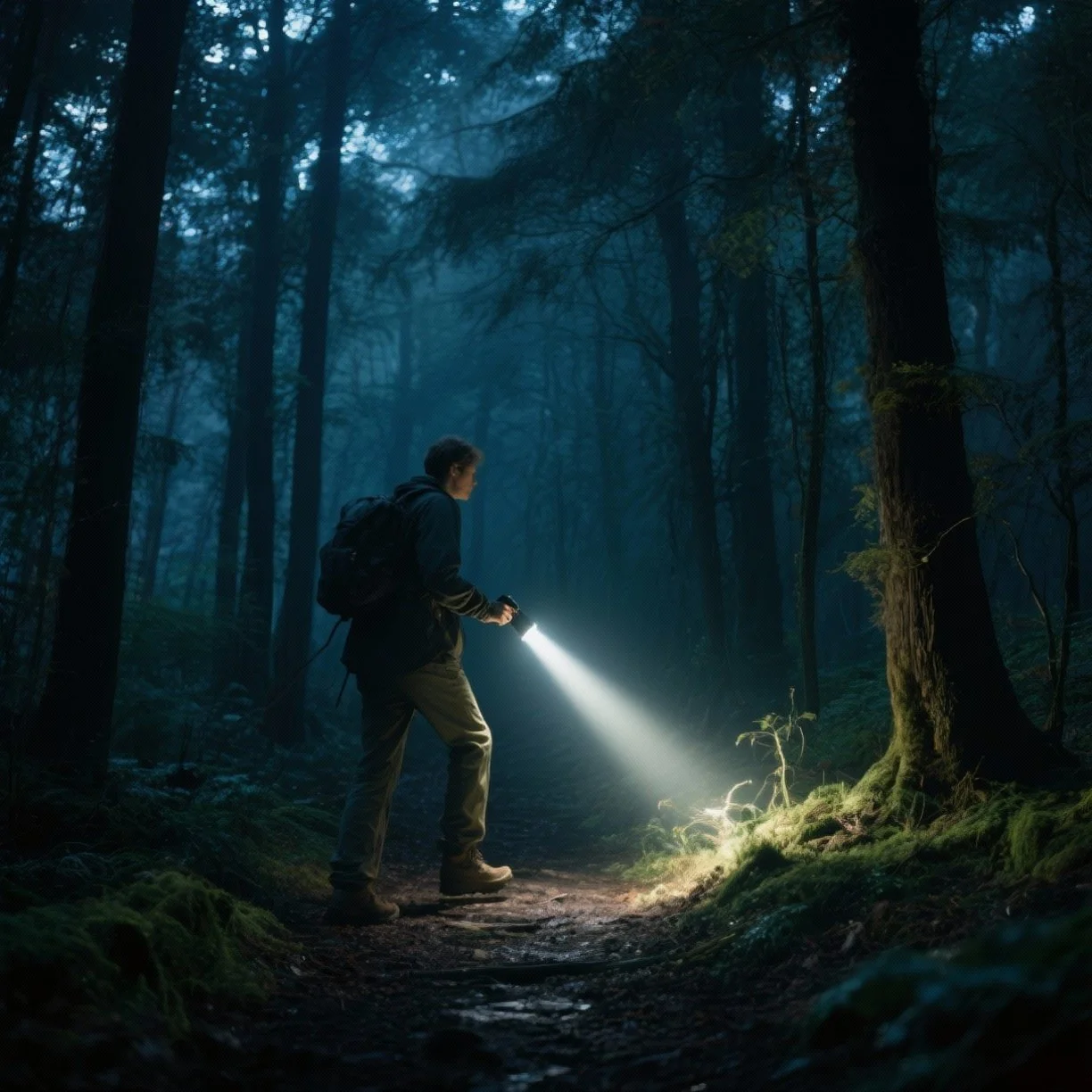Backcasting vs. Reverse Engineering
In my previous post, I explained the basics about Backcasting. Unlike “forecasting”, which takes a present state and projects it forward, “backcasting” is about envisioning an optimal future and then projecting backwards to take the steps that make it happen.
When I lay this out for my clients and audiences, there’s always someone who says, “oh, you mean reverse engineering.” Not exactly.
There’s actually a major difference between Backcasting and reverse engineering — one that is hugely significant, especially in volatile and unpredictable times like these.
Reverse engineering seems like the most obvious way to understand the method. In reverse engineering, you begin by imagining an optimal future state. Then, you work backwards step by step, like following a blueprint in reverse. Say we want X in 2045. Then, we need Y by 2040, Z by 2035, and so on.
This is, essentially, the current thinking around climate change. The global scientific community has set a certain goal far in the future. Then, individual governments and companies are making commitments that relate to that goal by working backwards — here’s the important part — linearly.
That’s reverse engineering. This approach isn't wrong, exactly. It's useful. It can help organizations break free from incrementalism and think more boldly. But it's also limited in a way that matters deeply.
The problem is this: reverse engineering assumes you already know what the future looks like. Therefore, the focus is on the mechanics of how to get there. It's logical. It's linear. It's constructed from known elements, rearranged in new configurations. It’s no more and no less than a problem solving initiative.
The limitations of this approach quickly become clear when we turn back to our climate change example. Reverse engineering only makes sense when we have a logical and linear goal, like capping the amount of carbon released in the atmosphere. But the process quickly falls apart the moment we introduce nuance.
For example, what will the world be like in 2045? Will we still want the same things we want today? Could it be the case that we actually want some aspects of climate change and not others? What if new technologies are created? What if new realities arrive that we could not have possibly foreseen?
What if the future we need hasn't been imagined yet? Then it can't be reverse engineered because it doesn't exist in anyone's mind as a clear, complete picture.
In short, reverse engineering can only work with futures that are already conceivable — variations and recombinations of what we already know. It's still, in a fundamental way, bound by the past and present. I think of reverse engineering as a room filled with thousands and thousands of LEGO blocks: you can build anything, so long as it can be constructed out of LEGO.
What you can’t build are new blocks, or new building matter entirely. You’re stuck in a spiraling process of combining and recombining. You’re held entirely within a certain set.
Consider a different type of problem: putting a rover on Mars. A problem like this is full of uncertainties and, even, mysteries. It’s not just about recombining existing knowledge, or analyzing existing data in a new way. It’s about inventing something that doesn’t exist — like new materials, new maths, even new organizational structures.
These challenges expose the ceiling to reverse engineering. In fact, Backcasting has more in common with how artists create than how engineers build.
Think about a novelist writing a story. This is a creative endeavor, not an engineering task. If the writer tried to reverse engineer everything in advance, mapping out every chapter, every scene, every character arc, the novel is likely to stall. It will sound like it was written by AI. In truth, the best stories emerge. The writer sits down with a character or a question or an image. The novelist discovers what happens next by writing what happens next. The story reveals itself as it’s being written.
Or think about a jazz musician in the middle of an improvisation. There's no score to follow backward from. There's only the next note that wants to come out of the moment. The music channels through the musician. It wasn't planned out linearly, just waiting to be reverse-engineered. A second earlier, the music didn’t exist. In the right moment, it arrives.
Perhaps understandably, this approach is very confusing to traditional business leaders. For centuries, now, business has been about surveying a brightly lit landscape and making rational, data-driven plans. But the reality of today is that the business landscape is deeply shrouded. Our vision has narrowed. As important as it is, linear, engineered thinking has become insufficient on its own. As leaders, we need a change in our metaphor.
Here’s a different one: Backcasting is like making your way through a dark forest with a flashlight. You can't see the whole landscape, so you can’t possibly map out every step of the way. Instead, you arm yourself with the tools, skills, and perspective to adapt from moment to moment. One step leads to the next. Creative flashes emerge. You make your way — perhaps not to where you had originally intended. This process requires trust. Openness. A willingness to not know. Backcasting requires a much different mindset, process and skillset than reverse engineering.
That makes it perfectly suited for today’s leadership challenges. Instead of asking "what future do we want and how do we get there?", a leader today must start asking: "what future is trying to emerge through us, and how do we become available to it?"
That's a fundamentally different question. It transforms Backcasting from a planning technique into a creative practice — and even, dare I say, a spiritual one.
In the next post, we'll explore what it actually means to envision a future this way, as a leader and as an organzation — and how we can practice it.

